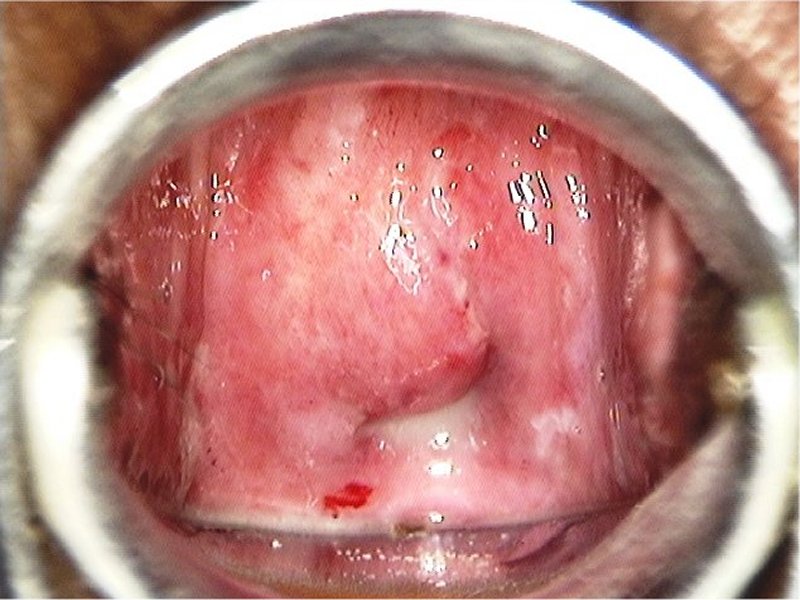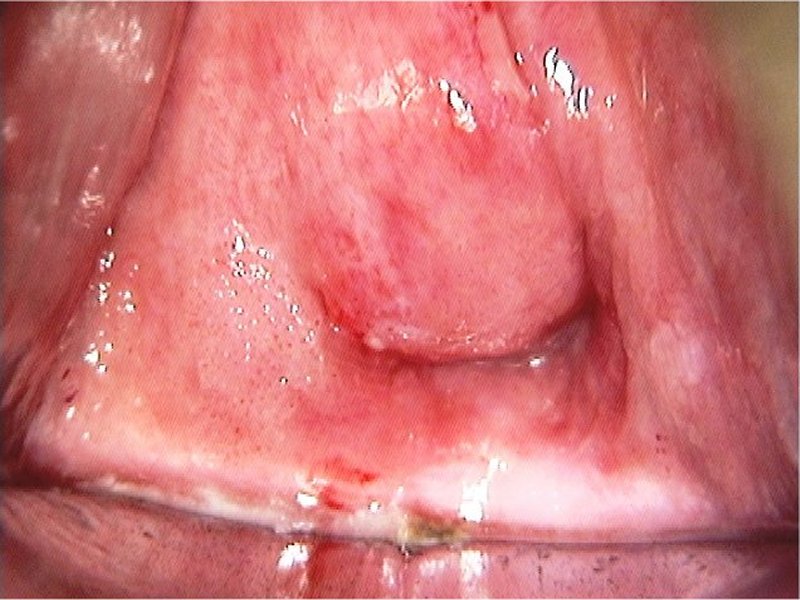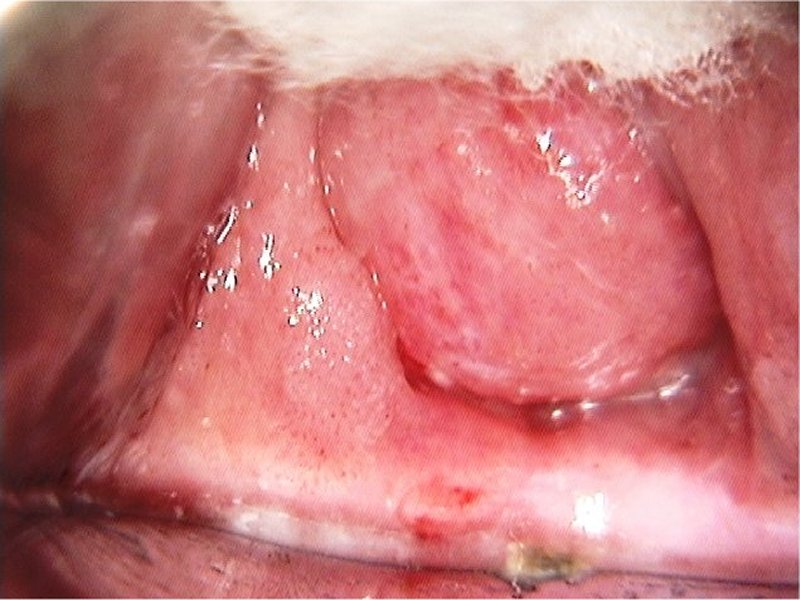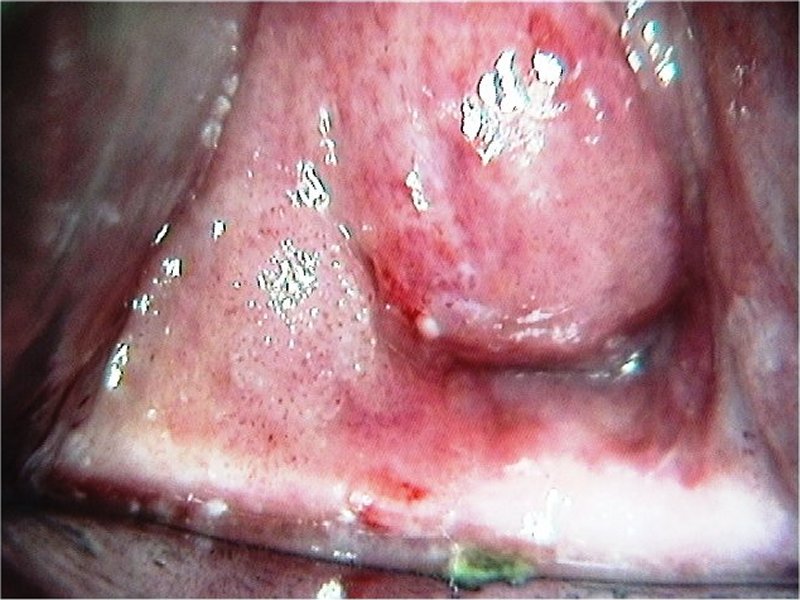Atlas of Colposcopy: Principles and Practice / Activity 6
Case |
High grade / CIN2 / CIN3
Go back to the list
| Speculum examination |
| After normal saline |
| After acetic acid |
| After acetic acid with green filter |
 General assessment General assessment | |||||||||||||||||
 Normal colposcopic findings Normal colposcopic findings | |||||||||||||||||
 Abnormal colposcopic findings Abnormal colposcopic findings | |||||||||||||||||
 General principles General principles | |||||||||||||||||
 Position and size Position and size | |||||||||||||||||
 Grade 1 (minor) Grade 1 (minor)
|  Grade 2 (major) Grade 2 (major)
|  Non-specific Non-specific
|  Suspicious for invasion Suspicious for invasion
|  Miscellaneous finding Miscellaneous finding
| |
Swede score:
| Nil or transparent | Thin, milky | Distinct, stearin | |
| Nil or diffuse | Sharp but irregular, jagged, satellites | Sharp and even, difference in level | |
| Fine, regular | Absent | Coarse or atypical vessels | |
| < 5 mm | 5-15 mm or 2 quadrants | >15 mm, 3-4 quadrants, or endocervically undefined | |
| Brown | Faintly or patchy yellow | Distinctly yellow |
Case Summary
| Provisional diagnosis: | Type 3 transformation zone; high-grade squamous intraepithelial lesion (HSIL) of the cervix extending to the vagina. |
| Management: | LLETZ (type 3 excision) with laser ablation of the residual vaginal lesion. |
| Histopathology: | HSIL-CIN3. |
| Comment: | CIN3 lesions may extend to the vagina, especially in elderly women. In such cases, LLETZ is crucial to exclude invasive focus, especially inside the endocervical canal. Hysterectomy with removal of adequate vaginal cuff may be performed after excluding invasive cancer by LLETZ. |



